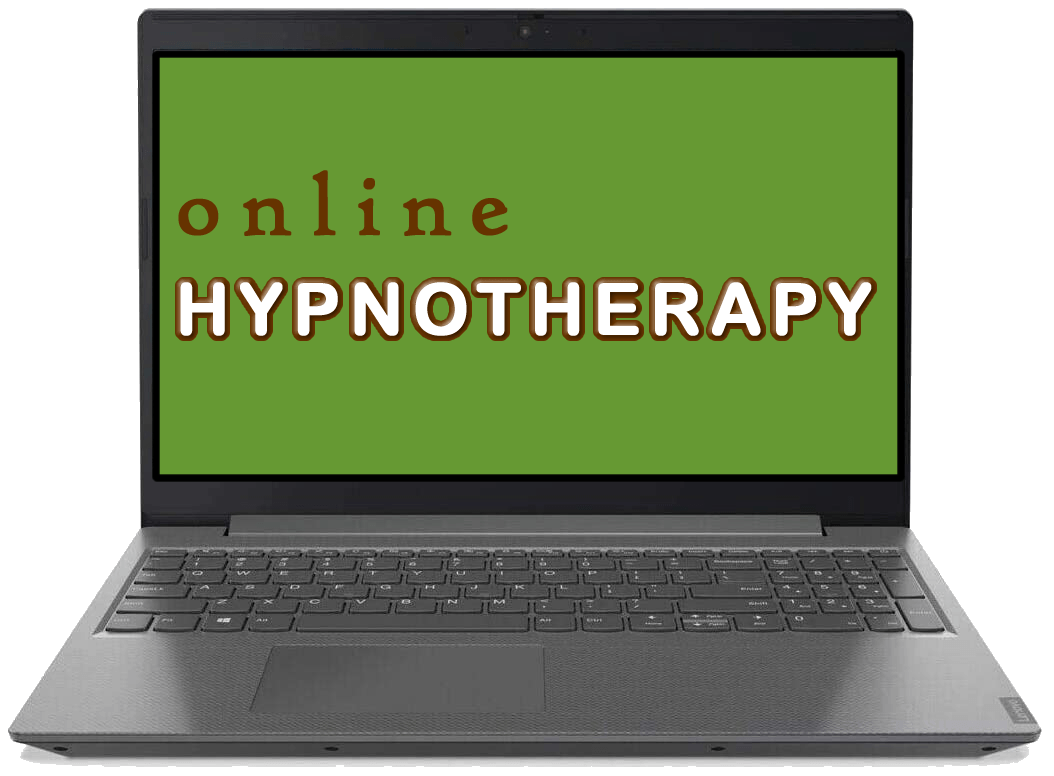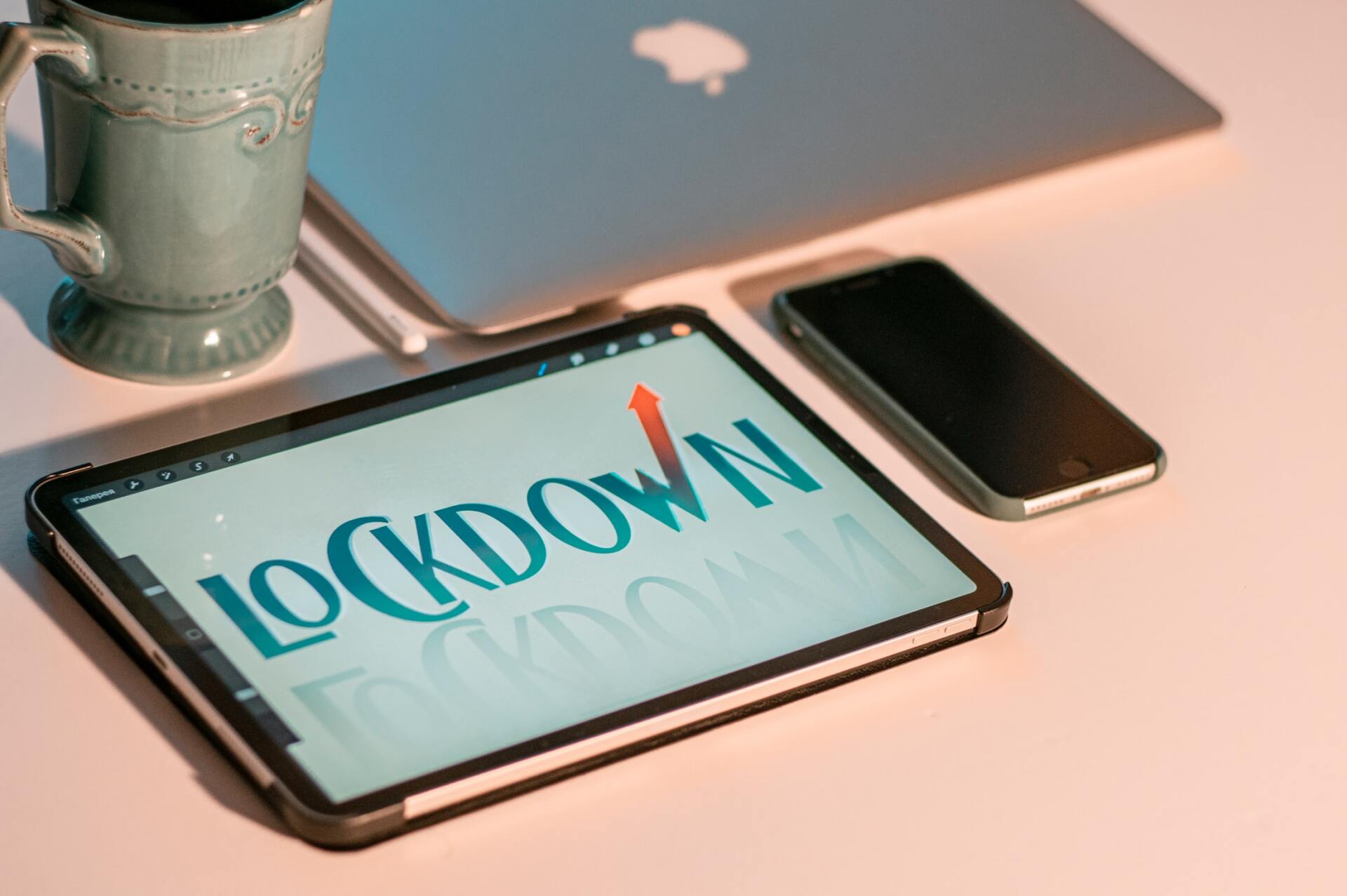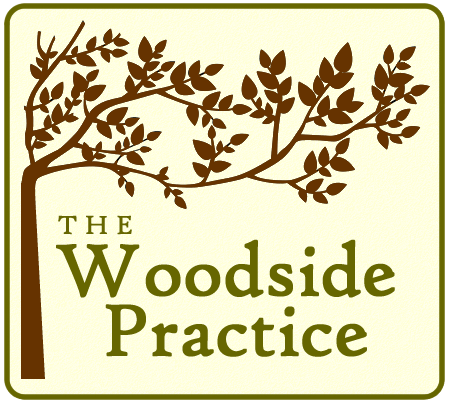Results may vary
from person to persoN
Stop Smoking therapy
No Smoking Day 11/03/2020

We wish success to everyone who desires to quit smoking. If anyone struggles to kick the habit, we urge them to consider hypnotherapy.
The Woodside Practice Stop Smoking therapy is a comprehensive session, naturally it includes hypnosis, but also provides much more. We explain the hows and whys of smoking, like how we nurtured a habit that we knew all along was bad for us – and then why we struggle to give up.
This understanding of how our mind works in relation to smoking is of paramount importance and combined with hypnotic suggestion is the ideal start for your smoke free life. In addition, we provide a post session hypnotic track, to reinforce your session and help you in the future should you ever struggle, or to help you with other non smoking related future challenges. Informative literature to take away is also provided to help you remember the information provided.
The cost of our Stop Smoking therapy is £180.00 and typically takes 1.5 to 2 hours.
I had hypnotherapy in 2004, a single session of hypnotherapy only, that cost me £50.00 – thankfully it worked. (Actually, it was this event that later inspired me to train as a hypnotherapist.)
The cost of 20 cigarettes back in 2004 averaged a mere £4.32 – compared to £12.40 for 20 Silk Cut today (in Tescos) - so pro rata the cost for smoking cessation today is very similar with the comprehensive Woodside Practice session compared to my 2004 session.
If you smoke 20 Silk Cut a day, you will have spent £180.00 in the last 15 days. And another £180 in the next 15 days. In the last year £4526.00 would have gone up in smoke!
Does £180.00 for hypnotherapy seem so much in comparison if it helps you kick the habit?
We are committed to helping you stop smoking and put a lot of energy into the session. From feedback received our success rate is excellent.
If you, or anyone you know, wants to give up and is struggling – then please contact us to discuss how The Woodside Practice hypnotherapy could help.
Share

If you would imagine a bucket sitting inside your brain, it doesn’t have to be huge, but we’ll use a bucket because it has a capacity limit – and when it’s full it will overflow. So put the bucket thoughts aside and now we’ll move on to anxiety. How is it created? The simple explanation is we create anxiety by thinking negatively. That’s it! And those negative thoughts are converted into anxiety…… and stored …… in that bucket you were thinking of earlier. We’ll refer to it now as the Stress Bucket. Negative thinking can be mulling over past events wishing you could change them for the better, or future forecasting things - saying things like “I’ll never be able to afford that”, or “the flight will be delayed”. Or, maybe even in the present time just thinking your glass is half empty not half full. So, imagine a day full of negative responses and thoughts, steadily filling up our stress bucket. When do we get this bucket emptied? The good news is that in ‘normal’ circumstances it’s emptied overnight whilst we’re sleeping. Whilst we sleep we have several phases of sleep, one of the phases is REM sleep, which stands for the Rapid Eye Movement phase – which is the point where we usually dream. During REM we re-run the events of the day and we move them from an emotional memory within our primitive minds to a narrative memory in our intellectual minds. Which loosely means we take the emotional bits away and just file the event in a huge bookcase in our brains. This emptying of our buckets / daily event register goes on all by itself without any additional input from us – every single day and night. However we throw a spanner in the works when we overfill our buckets and/or don’t allow ourselves the correct proportion of REM sleep. The REM sleep phase usually accounts for around 20% of our total sleep. If we regularly deviate from around that figure, it’s fair to say, we will get ourselves in a bit of a pickle which can lead to symptoms of depression and/or anxiety. In the next blog I’ll explain a method of ensuring we don’t put too much in our stress buckets and a way that we can produce some totally natural chemicals that make us feel great. Thanks again for reading, and as always - if you would like any more information or to arrange an initial consultation either telephone 07746 727989 or fill out the enquiry form on our contacts page. Thank you, Dave.

The primitive mind trio - Amygdala, Hippocampus & Hypothalamus In the last post I described how the brain has two minds: the original primitive emotional mind, and our evolved intellectual mind. In this post I’m going to introduce the Amygdala, Hippocampus and the Hypothalamus which make up part of our brains known as the Limbic System, bang in the centre of our primitive emotional minds The central figure of the Limbic is the Amygdala, well actually we have two – they’re either side of the brain, about an inch (2.5cm) in from our temples and about the size of a small walnut. The Amygdala is described as the ‘fight or flight’ or sometimes ‘fight, flight or freeze’ part of the brain. I like to think of the Amygdala as the lookout, or security guard of our brains – as that is what it’s constantly doing. It’s there for our self-protection and works 24/7. Let’s imagine a wild polar bear walks in! The Amygdala screams “Bear, Bear!!” and instantly checks with its neighbour – the Hippocampus. The Hippocampus is like a library for all our stored behaviour patterns and experiences, which pattern matches the present event with past events and give us guidance for how to deal with it. However due to past distortions the instruction can sometimes be inappropriate. In the instance of the Polar bear above; the Amygdala will shout to the Hippocampus, who will immediately start looking up all past references to 'Bear', in order to get a pattern match of what to do in that situation. In a blink of an eye it will have found all available answers within the Hippocampus’s library, namely “Get out of there quickly” and in order to do this as quickly as possible the Hippocampus will call to the Hypothalamus for help to do this: The Hypothalamus has heard all the commotion going on nearby in the brain, and on hearing the last request prepares and applies an instant dose of adrenaline & cortisol to help …. The adrenaline makes the heart beat faster and pump nice fresh blood to the muscles so they can work harderand faster, the cortisol increases the body’s awareness and vigilance - making sure that every move that that the polar bear makes is monitored and reported back to the Amygdala -so the Amygdala can, if necessary, escalate the crisis – even more!! So, there we have the trio of primitive brain parts, doing what they’ve always done – acting for our self-preservation, the security guard, the librarian & the pharmacist. Most of the time they work happily together doing their bit for the smooth running of our brain and body. The ‘trouble’ starts when we bypass other parts of the brain and try to get, or allow, these three bits to run the show, without using the skills and resources we have in the intellectual part of the mind. In the next blog I’ll talk about what we do to create the anxiety that causes the shift that can leave the primitive mind in control. Thanks for reading, If you would like any more information or arrange an initial consultation either telephone 01208 628204, or fill out the enquiry form on our contacts page.




